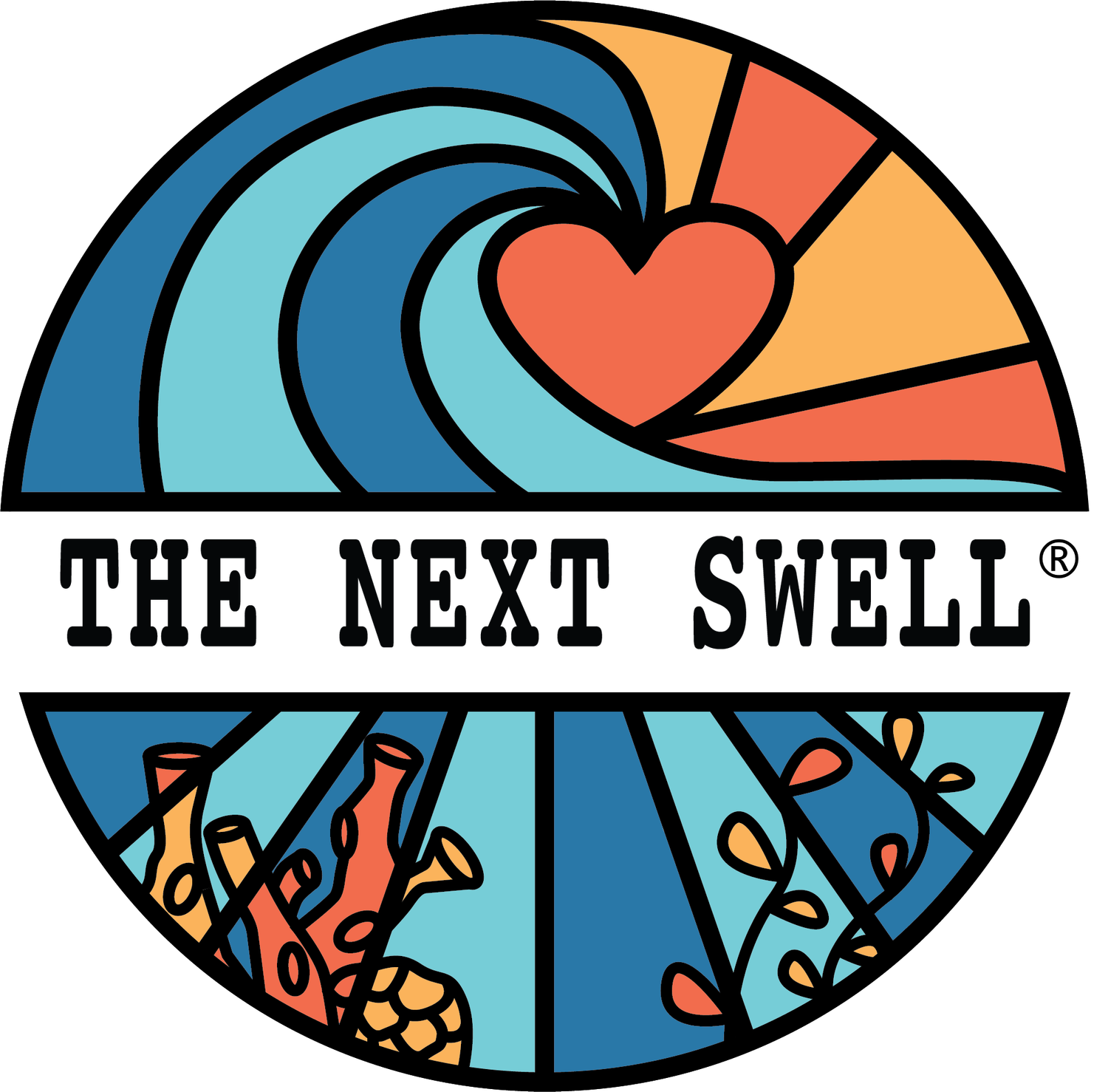Realism and the Importance of Hope
Back at the beginning of August, I had the honor of shaking the hand of one of the living legends in marine biology and oceanography, Dr. Sylvia Earle. For anyone unfamiliar, Dr. Earle is the President and Chairman of Mission Blue/The Sylvia Earle Alliance. She is a National Geographic Society Explorer in Residence, as well as the first female chief scientist of the National Oceanic and Atmospheric Administration to name only a few of her achievements since receiving her PhD from Duke University in 1966. She gave a plenary talk at a conference I was attending, and she was one of the most moving and eloquent speakers I’ve heard to date.
I immediately decided my next read would be one of her books, “The World is Blue: How Our Fate and the Ocean’s are One.” It details our impacts on various groups of marine species—from marine mammals to invertebrates—from direct “taking” (i.e.-fishing or whaling), plastic pollution, and explains various threats on the ocean overall such as biodiversity loss, oil spills, and climate change. Much like hearing her speech, she very clearly lays out so anyone can understand, the very real threats that we all face if we continue to abuse the ocean systems the way mankind has for several decades.
This alone is very disheartening. A blog post I’ve struggled to write for a while now is how we, as young professionals and people who have heard this type of messaging for our entire lives to only see extremely slow to no progress on some issues, deal with fatigue and the constant doom and gloom of being an environmentalist. Dr. Earle saw the ocean firsthand when it was far more pristine, and despite how hard she has fought, has still had to watch our oceans slip further and further into trouble. How does she, and how do we, maintain the fight for our oceans when it seems to be impossible at times?
The thing that makes Dr. Earle’s speeches and books so moving is that she still truly believes we can change our behavior and save the future of our blue planet. She reiterates messages of hope throughout her messaging; even the language “opportunities for action” (the final section of her book) conveys an optimism that there is still something we all can do. One of the major initiatives of her non-profit is to identify “Hope Spots,” which are special places that are scientifically identified as critical to the health of the ocean, and that identifying and advocating for these areas will ignite public support for a global network of marine protected areas, Hope Spots large enough to save and restore the ocean, the blue heart of the planet. Hope Spots may be places of high species diversity, unusual habitats, places that have endangered animals, or are of particular importance to animals, human values, or the economy. Anywhere in the ocean can be a Hope Spot if it inspires hope.
Hope is what working with The Next Swell gives me as well as we work to provide scholarships to students who are doing amazing research, building tools, and creating educational resources to solve ocean problems. If we at The Next Swell can help them move forward with this work or their careers in some small way, hopefully we are providing a bit of hope as well.

